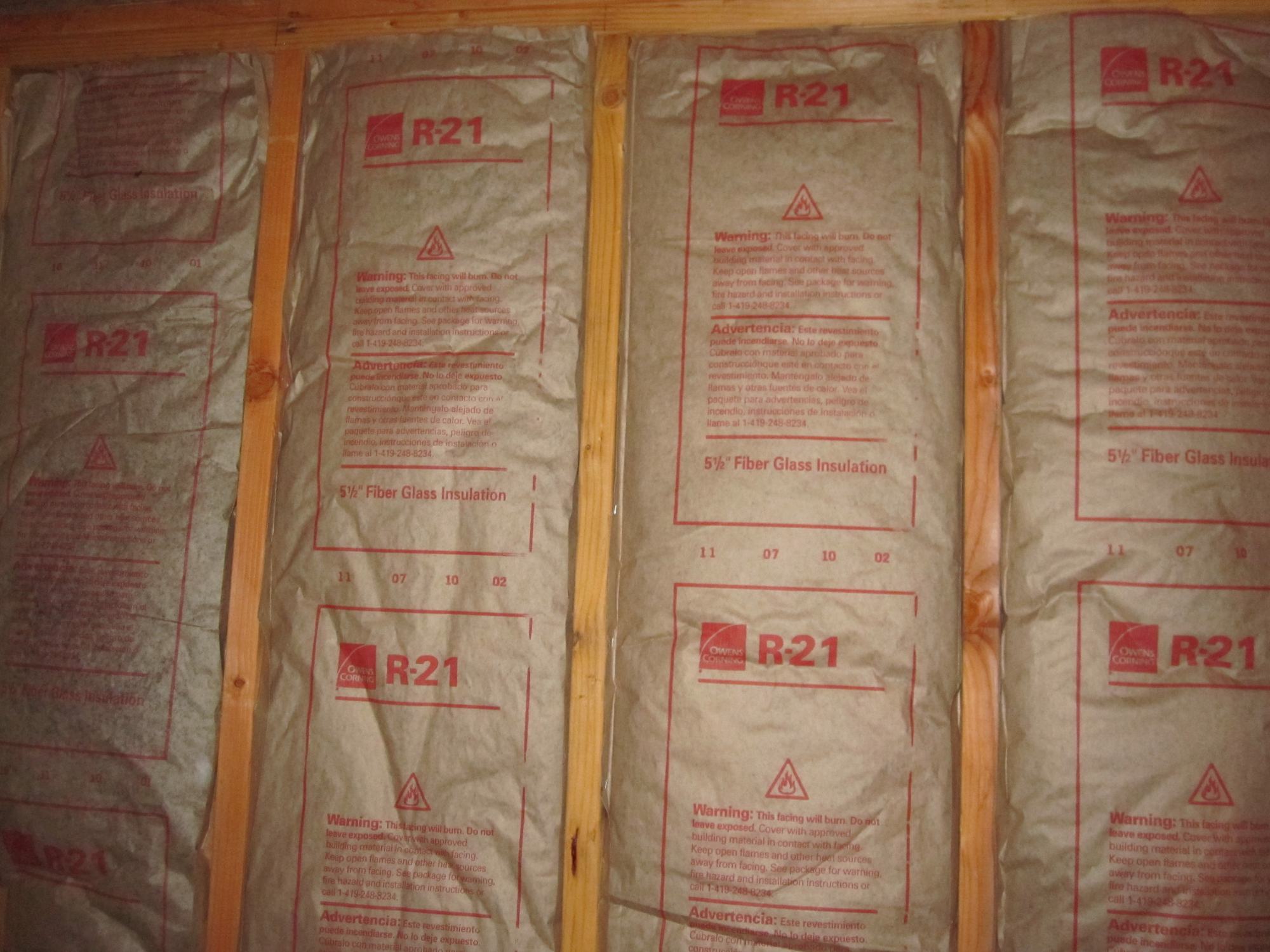

Articles
What R-Value Insulation For Interior Walls
Modified: January 8, 2024
Discover the ideal R-value insulation for interior walls in our informative articles. Enhance energy efficiency and comfort in your home with the right insulation choice.
(Many of the links in this article redirect to a specific reviewed product. Your purchase of these products through affiliate links helps to generate commission for Storables.com, at no extra cost. Learn more)
Introduction
When it comes to creating a comfortable and energy-efficient living space, insulation plays a crucial role. Insulating our homes not only helps keep them warm in the winter and cool in the summer but also reduces energy consumption and utility bills. While most people focus on insulating their exterior walls, it’s equally important to insulate interior walls to improve overall thermal efficiency and soundproofing.
In this article, we will explore the concept of R-Value insulation for interior walls and its significance in creating a more energy-efficient and comfortable home environment. We will also discuss the various factors to consider when choosing insulation, the different types of insulation materials available, and the benefits of properly insulating your interior walls.
So, whether you are renovating your existing home or building a new one, understanding the importance of R-Value insulation for interior walls will help you make informed decisions and create a more sustainable living space.
Key Takeaways:
- Properly insulating interior walls is essential for thermal efficiency, sound control, fire protection, and energy savings. Understanding R-Value and choosing the right insulation material can create a comfortable and sustainable living space.
- Avoid common mistakes such as inadequate insulation, air sealing neglect, and DIY challenges when insulating interior walls. Proper installation and material selection are crucial for maximizing insulation benefits.
Read more: What R-Value Insulation For Exterior Walls
What is R-Value Insulation?
R-Value insulation is a measurement that indicates the resistance of a material to heat flow. It is a crucial factor in determining the effectiveness of insulation in preventing heat transfer. The higher the R-Value, the more efficient the insulation is at reducing heat flow and providing thermal resistance.
R-Value insulation is typically used to measure the thermal efficiency of insulation materials, including those used in interior walls. It helps homeowners and builders understand how well a specific insulation material resists heat transfer and, subsequently, how much energy and money they can potentially save by using it.
The R-Value of insulation materials is determined by various factors, including the type of material, thickness, density, and the presence of any reflective barriers. The measurement is typically provided by the manufacturers and is expressed as a numerical value. The higher the R-Value, the better the insulation’s ability to resist the flow of heat.
It’s important to note that different regions have different recommended R-Values for insulation, depending on the climate and energy codes. These guidelines help ensure that homes in different areas are adequately insulated to provide optimal thermal comfort and energy efficiency.
While R-Value is an essential consideration when choosing insulation for interior walls and other areas of the home, it’s not the only factor to consider. Other aspects such as the material’s fire resistance, durability, and soundproofing capabilities should also be taken into account when selecting insulation materials for interior walls.
Understanding the concept of R-Value insulation and how it relates to the efficiency of insulation materials is crucial for homeowners and builders looking to create energy-efficient and comfortable living spaces. By choosing insulation materials with higher R-Values and meeting the recommended guidelines for your region, you can significantly improve the thermal efficiency of your interior walls and reduce energy consumption.
Importance of Insulating Interior Walls
While insulating exterior walls is commonly known to be essential for energy efficiency, insulating interior walls is just as important. Here are some key reasons why insulating interior walls should not be overlooked:
- Thermal Efficiency: Insulating interior walls helps create a more thermally efficient home. It prevents heat transfer between rooms and maintains a consistent temperature throughout the house. Insulated interior walls reduce heat loss during winter months and minimize heat gain during the summer, resulting in improved comfort and reduced energy consumption.
- Sound Control: Insulating interior walls can significantly enhance soundproofing within your home. By adding insulation between rooms, you can reduce noise transmission, ensuring a quieter and more peaceful living environment. This is especially beneficial in homes with multiple occupants or rooms used for various purposes, such as bedrooms, home offices, or entertainment rooms.
- Fire Protection: Insulating interior walls can provide an added layer of fire protection. Certain insulation materials are designed to be fire-resistant, which can help delay the spread of flames and give occupants more time to evacuate in case of a fire emergency. Insulating interior walls with fire-resistant materials can provide peace of mind and added safety for you and your family.
- Moisture Control: Insulation in interior walls can also help control moisture levels within your home. It acts as a barrier, preventing moisture from infiltrating different areas. By minimizing moisture intrusion, you can reduce the risk of mold and mildew growth, protecting the structural integrity of your home and promoting a healthier indoor environment.
- Energy Savings: Proper insulation of interior walls can lead to significant energy savings. By reducing heat loss or gain between rooms, your heating and cooling systems won’t have to work as hard to maintain a comfortable temperature. This can translate into lower energy bills and a reduced carbon footprint, benefiting both your wallet and the environment.
In summary, insulating interior walls is crucial for various reasons. It enhances thermal efficiency, promotes sound control, provides fire protection, helps control moisture levels, and leads to energy savings. By considering the insulation of your interior walls as part of your overall home insulation strategy, you can create a more comfortable, energy-efficient, and sustainable living space.
Factors to Consider for R-Value Insulation
When it comes to choosing the right R-Value insulation for your interior walls, there are several important factors to consider. These factors will help ensure that you select the most suitable insulation material for your specific needs. Here are some key considerations:
- Climate: The climate of the region you live in plays a significant role in determining the appropriate R-Value for insulation. Colder climates require higher R-Values to provide better thermal resistance and retain heat. Warmer climates may require lower R-Values to prevent heat gain. Understanding the climate conditions in your area will help you determine the ideal R-Value range for your interior wall insulation.
- Space Constraints: Consider the available space within the interior walls when choosing insulation. Different insulation materials have different thicknesses and installation requirements. Ensure that the chosen insulation material fits within the wall cavity without compromising other components, such as electrical wiring, plumbing, or ventilation.
- Soundproofing Needs: If sound control is a priority, select insulation materials that have good soundproofing properties. Certain types of insulation, such as mineral wool or spray foam, have excellent sound-absorbing capabilities and can minimize noise transmission between rooms.
- Budget: Consider your budget when choosing R-Value insulation for your interior walls. Different insulation materials have varying costs, and the thickness or density of the insulation can also affect the price. Determine a budget range and select an insulation material that meets both your thermal efficiency requirements and your financial constraints.
- Insulation Material: Evaluate the different types of insulation materials available for interior walls, such as fiberglass batts, cellulose, spray foam, or rigid foam boards. Each type has its own R-Value and unique properties. Research the pros and cons of each material and select one that best aligns with your specific needs, such as fire resistance, moisture control, or environmental sustainability.
- Installation: Consider the installation process and requirements of the insulation material. Some insulation types, like fiberglass batts, can be DIY-friendly, while others, such as spray foam, may require professional installation. Assess your skills and comfort level with installation or budget for professional installation if needed.
By considering these factors, you can make an informed decision regarding the right R-Value insulation for your interior walls. Remember to prioritize your specific needs, such as thermal efficiency, sound control, and budget, to ensure that you select the most suitable insulation material that will provide long-lasting benefits for your home.
Types of Insulation for Interior Walls
When it comes to insulating interior walls, there are several types of insulation materials available, each with its own unique characteristics and benefits. Here are some of the most common types of insulation used for interior walls:
- Fiberglass Batts: Fiberglass batts are one of the most popular choices for insulating interior walls. They consist of tightly packed fiberglass fibers that are installed between wall studs. Fiberglass batts are affordable, easy to install, and provide good thermal resistance. However, they may require additional measures to ensure proper air sealing and to prevent heat loss through gaps or voids.
- Cellulose: Cellulose insulation is made from recycled paper or plant fibers and is treated with flame retardants for added fire resistance. It is a cost-effective option for insulating interior walls and has excellent sound-absorbing properties. The loose-fill nature of cellulose insulation allows it to efficiently fill cavities and reduce air infiltration. However, professional installation is recommended to ensure proper installation and coverage.
- Spray Foam: Spray foam insulation is a versatile option for interior wall insulation. It is made by mixing two chemicals that expand and harden, creating a foam that seals gaps, cracks, and voids. Spray foam provides excellent thermal insulation, air sealing, and soundproofing properties. However, it requires professional installation due to the specialized equipment and techniques involved.
- Rigid Foam Boards: Rigid foam insulation boards are made from various materials, including polystyrene, polyisocyanurate, or polyurethane. They offer high R-Values and excellent thermal insulation. Rigid foam boards are lightweight, moisture-resistant, and can be easily cut to fit between wall studs. They are commonly used in areas where space is limited or in combination with other insulation materials for enhanced thermal performance.
- Rockwool/Mineral Wool: Rockwool or mineral wool insulation is made from volcanic rock or slag fibers. It offers excellent thermal and sound insulation properties. This type of insulation is fire-resistant, water repellent, and resistant to pests and mold. Rockwool insulation is available in batt or loose-fill form and is suitable for both DIY installation and professional installation.
Each type of insulation has its own advantages, and the choice depends on factors such as budget, desired R-Value, soundproofing needs, and installation requirements. It’s important to consult with insulation professionals or contractors to assess your specific needs and select the most suitable insulation material for your interior walls.
When insulating interior walls, a good R-value to aim for is between R-13 and R-15. This will help improve energy efficiency and soundproofing within the home.
Read more: What R-Value Insulation For Basement Walls
Best R-Value Insulation Materials for Interior Walls
When selecting insulation materials for your interior walls, it’s important to consider their R-Values and thermal performance. Here are some of the best insulation materials known for their high R-Values:
- Spray Foam Insulation: Spray foam insulation is well-regarded for its excellent R-Value and air sealing properties. It provides superior thermal insulation and can effectively fill gaps and crevices, preventing air leakage and heat transfer. Spray foam insulation has one of the highest R-Values per inch among insulation materials and can greatly enhance the energy efficiency of your interior walls.
- Rigid Foam Insulation: Rigid foam insulation boards, such as polystyrene, polyisocyanurate, or polyurethane, offer high R-Values and exceptional thermal insulation. They are known for their durability and resistance to moisture, making them suitable for interior wall applications. Rigid foam insulation can be easily cut and installed between wall studs, providing excellent thermal efficiency and reducing energy consumption.
- Mineral Wool Insulation: Mineral wool, also known as rockwool, is highly regarded for its thermal and sound insulation properties. It has a high R-Value, providing effective thermal resistance. Mineral wool insulation is fire-resistant, water repellent, and offers excellent sound absorption. It can help create a comfortable and quiet living environment while enhancing the thermal efficiency of your interior walls.
- Fiberglass Batts: Fiberglass batts are a commonly used insulation material for interior walls. They provide good R-Values and thermal resistance, helping to improve energy efficiency. Fiberglass batts are affordable, easy to install, and readily available. However, proper installation techniques must be followed to ensure optimal performance and prevent air gaps that can reduce the overall R-Value.
- Cellulose Insulation: Cellulose insulation is made from recycled paper or plant fibers and offers good thermal insulation and soundproofing properties. It has a respectable R-Value and can fill cavities effectively, minimizing air infiltration and improving energy efficiency. Professional installation is recommended to ensure proper coverage and performance.
It’s important to note that the choice of insulation material should not solely depend on its R-Value. Factors such as soundproofing needs, fire resistance, moisture control, and budget should also be taken into consideration. It is recommended to consult with insulation professionals or contractors who can assess your specific requirements and recommend the best R-Value insulation material for your interior walls.
Installing R-Value Insulation in Interior Walls
Installing R-Value insulation in interior walls is a crucial step in improving the thermal efficiency and comfort of your home. Here’s a general guide on how to install insulation in interior walls:
- Prepare the Work Area: Clear the area around the interior walls and remove any obstacles that may hinder the installation process. Take precautions to protect flooring and furniture by covering them with drop cloths.
- Choose the Right Insulation: Select the appropriate R-Value insulation material for your interior walls based on factors such as climate, thermal efficiency needs, soundproofing requirements, and budget constraints.
- Measure and Cut: Measure the height and width of the wall cavity accurately and cut the insulation material accordingly. Leave a slight gap between the insulation and the wall studs to allow for proper airflow.
- Fit the Insulation: Insert the insulation material into the wall cavity, making sure it fits snugly and fills the entire space. If using fiberglass batts, ensure that the insulation is placed with the vapor barrier facing toward the heated side of the wall.
- Secure the Insulation: Use insulation supports, such as wires or staples, to secure the insulation in place and prevent sagging or displacement. Be cautious not to compress the insulation, as this can reduce its effectiveness.
- Air Seal: Pay attention to air sealing to prevent drafts and heat loss. Use caulk or weatherstripping to seal any gaps or cracks around windows, doors, or electrical outlets in the wall.
- Finish the Walls: Once the insulation is properly installed, you can finish the interior walls according to your design preferences. This may include applying drywall, plaster, or other finishing materials.
- Professional Installation: If you are uncertain about the installation process or have complex interior wall structures, consider hiring a professional insulation contractor. They have the expertise and experience to ensure proper installation and maximize the insulation’s thermal performance.
Remember to adhere to safety guidelines and wear appropriate protective gear, such as gloves and a mask, when handling insulation materials. If you encounter any challenges during the installation process, consult with a professional to ensure proper insulation placement and effectiveness.
By following these steps and properly installing R-Value insulation in your interior walls, you can create a more thermally efficient and comfortable living environment while reducing energy consumption.
Benefits of Properly Insulated Interior Walls
Properly insulating interior walls offers a range of benefits that contribute to the overall comfort, energy efficiency, and quality of your home. Here are some key advantages of having well-insulated interior walls:
- Improved Thermal Efficiency: Insulating interior walls helps maintain a consistent indoor temperature by reducing heat transfer between rooms. This means warmer rooms in the winter and cooler rooms in the summer, resulting in enhanced comfort for you and your family.
- Reduced Energy Consumption: Insulated interior walls reduce the need for excessive heating or cooling, resulting in lower energy consumption. By minimizing heat loss or gain through walls, your HVAC system doesn’t have to work as hard, leading to energy savings and reduced utility bills.
- Soundproofing: Insulation in interior walls acts as a barrier to sound transmission, reducing noise transfer between rooms. This is especially beneficial if you have a busy household, live in a noisy neighborhood, or require quiet spaces for work or rest.
- Enhanced Fire Safety: Certain insulation materials used in interior walls are designed to be fire-resistant. Insulating interior walls with fire-resistant materials can help slow down the spread of flames, providing valuable time for occupants to evacuate and minimizing property damage in case of a fire emergency.
- Moisture Control: Insulation in interior walls can help control moisture levels, preventing condensation and moisture buildup. This helps reduce the risk of mold and mildew growth, protecting the integrity of your walls and promoting a healthier indoor environment.
- Savings on Utility Bills: By reducing heat loss and gain through insulated interior walls, your heating and cooling systems operate more efficiently. This translates into reduced energy consumption and lower utility bills, saving you money in the long run.
- Environmental Sustainability: Insulating interior walls contributes to a more sustainable living space. By reducing energy consumption, you lessen your carbon footprint and help conserve natural resources. Insulation materials made from recycled or eco-friendly materials further enhance the environmental benefits of well-insulated interior walls.
Overall, properly insulating your interior walls enhances thermal comfort, reduces energy usage, provides soundproofing benefits, promotes fire safety, controls moisture levels, saves money on utility bills, and contributes to a greener environment.
Whether you are renovating your home or building a new one, investing in proper insulation for your interior walls is a wise decision that brings long-term benefits for you, your family, and the planet.
Common Mistakes to Avoid when Insulating Interior Walls
Insulating interior walls is an important step in creating a comfortable and energy-efficient home. However, there are some common mistakes that homeowners should avoid to ensure the insulation’s effectiveness and maximize its benefits. Here are some key mistakes to watch out for:
- Inadequate Insulation: One of the most common mistakes is not installing enough insulation. Insufficient insulation can lead to heat loss, reduced energy efficiency, and compromised thermal comfort. Be sure to follow recommended R-Value guidelines for your region and properly fill the wall cavities with the appropriate insulation material.
- Ignoring Air Sealing: Neglecting to properly seal air leaks can undermine the insulation’s effectiveness. Air leaks can allow drafts, moisture, and heat transfer, reducing thermal efficiency and increasing energy consumption. Take the time to caulk or weatherstrip gaps around windows, doors, and electrical outlets to prevent air infiltration.
- Compression or Gaps in Insulation: Proper installation is crucial to achieve optimal insulation performance. Avoid compressing insulation material, as this can reduce its R-Value and thermal efficiency. Be sure to fill the wall cavity evenly, without leaving gaps or voids that can allow heat transfer or air infiltration.
- Neglecting Vapor Barriers: Vapor barriers are essential for preventing moisture buildup within the wall cavity. Failure to install vapor barriers can lead to mold, mildew, and structural damage. Ensure that vapor barriers are properly placed, with the appropriate side facing the heated side of the wall, to control moisture and protect the integrity of your interior walls.
- Ignoring Building Codes: Different regions have specific building codes and regulations for insulation. Failure to follow these codes may result in inefficiencies or violate safety standards. Check with local building authorities or consult professionals to ensure that your insulation installation adheres to the required codes and standards.
- Overlooking Soundproofing: While thermal insulation is a primary goal, don’t overlook the importance of soundproofing. Consider using insulation materials with good sound absorption properties, especially in areas where noise control is important, such as bedrooms, home offices, or media rooms.
- DIY Installation Challenges: While some insulation projects can be done as DIY projects, complex installations or unfamiliarity with proper techniques may lead to problems. If you are unsure or lack experience, it’s recommended to consult insulation professionals to ensure proper installation and maximize insulation performance.
By avoiding these common mistakes and taking the time to properly plan and install insulation in your interior walls, you can ensure its effectiveness, improve energy efficiency, and create a more comfortable living environment.
Conclusion
Insulating interior walls is a crucial step in creating a comfortable, energy-efficient, and sustainable living space. Proper insulation not only enhances thermal efficiency but also provides soundproofing benefits, fire protection, moisture control, and energy savings. By understanding the concept of R-Value insulation and considering factors such as climate, space constraints, soundproofing needs, and budget, you can select the most suitable insulation material for your interior walls.
Types of insulation materials, such as spray foam, rigid foam boards, fiberglass batts, cellulose, and mineral wool, offer different R-Values and have unique properties. Each material has its benefits, and the choice depends on your specific requirements and priorities.
When installing R-Value insulation in interior walls, proper preparation, measurement, fitting, and securing the insulation are key to its effectiveness. Attention to air sealing and avoiding common mistakes such as inadequate insulation, compression, neglecting vapor barriers, and overlooking soundproofing are essential for optimal performance.
The advantages of properly insulated interior walls cannot be overstated. Improved thermal efficiency, reduced energy consumption, sound control, enhanced fire safety, moisture control, savings on utility bills, and environmental sustainability are just a few of the benefits. By creating well-insulated interior walls, you can enjoy a more comfortable living environment, increase energy savings, and contribute to a greener future.
In conclusion, don’t overlook the importance of insulating your interior walls. Whether you are renovating your existing home or building a new one, considering R-Value insulation and selecting the right materials will help create a more energy-efficient, comfortable, and eco-friendly living space.
Frequently Asked Questions about What R-Value Insulation For Interior Walls
Was this page helpful?
At Storables.com, we guarantee accurate and reliable information. Our content, validated by Expert Board Contributors, is crafted following stringent Editorial Policies. We're committed to providing you with well-researched, expert-backed insights for all your informational needs.
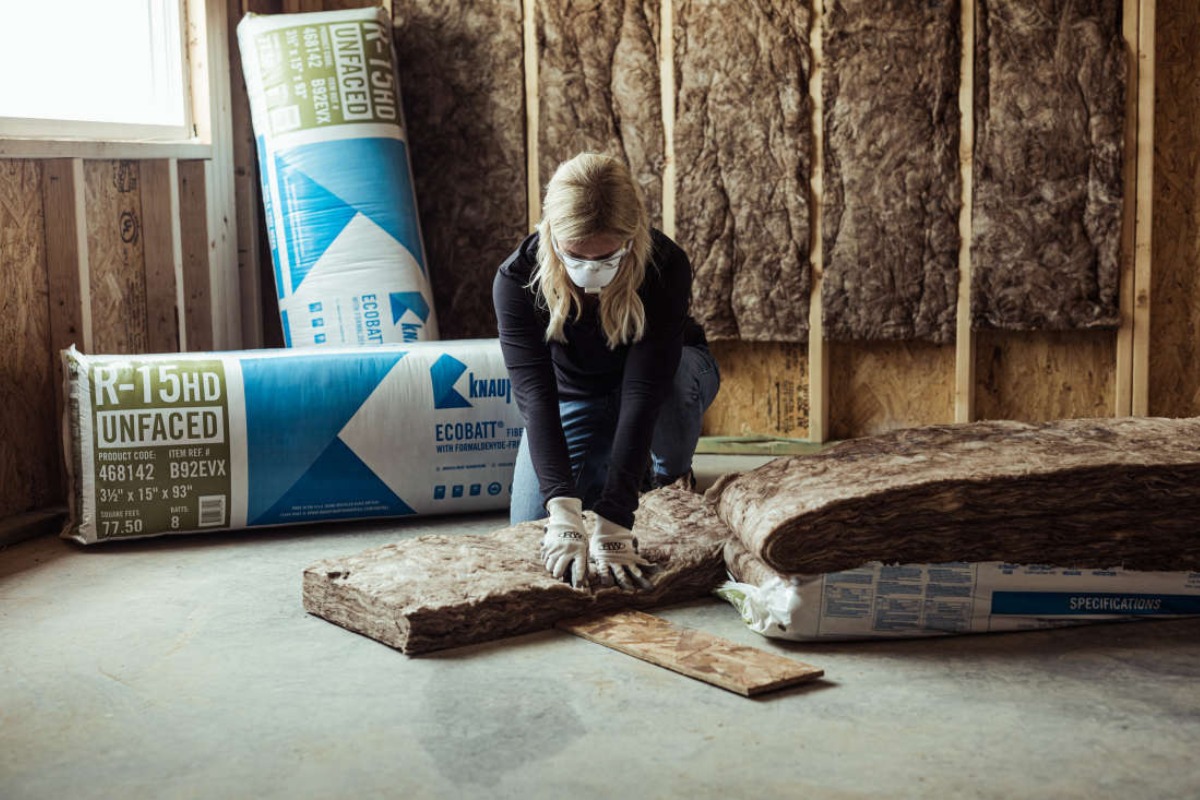
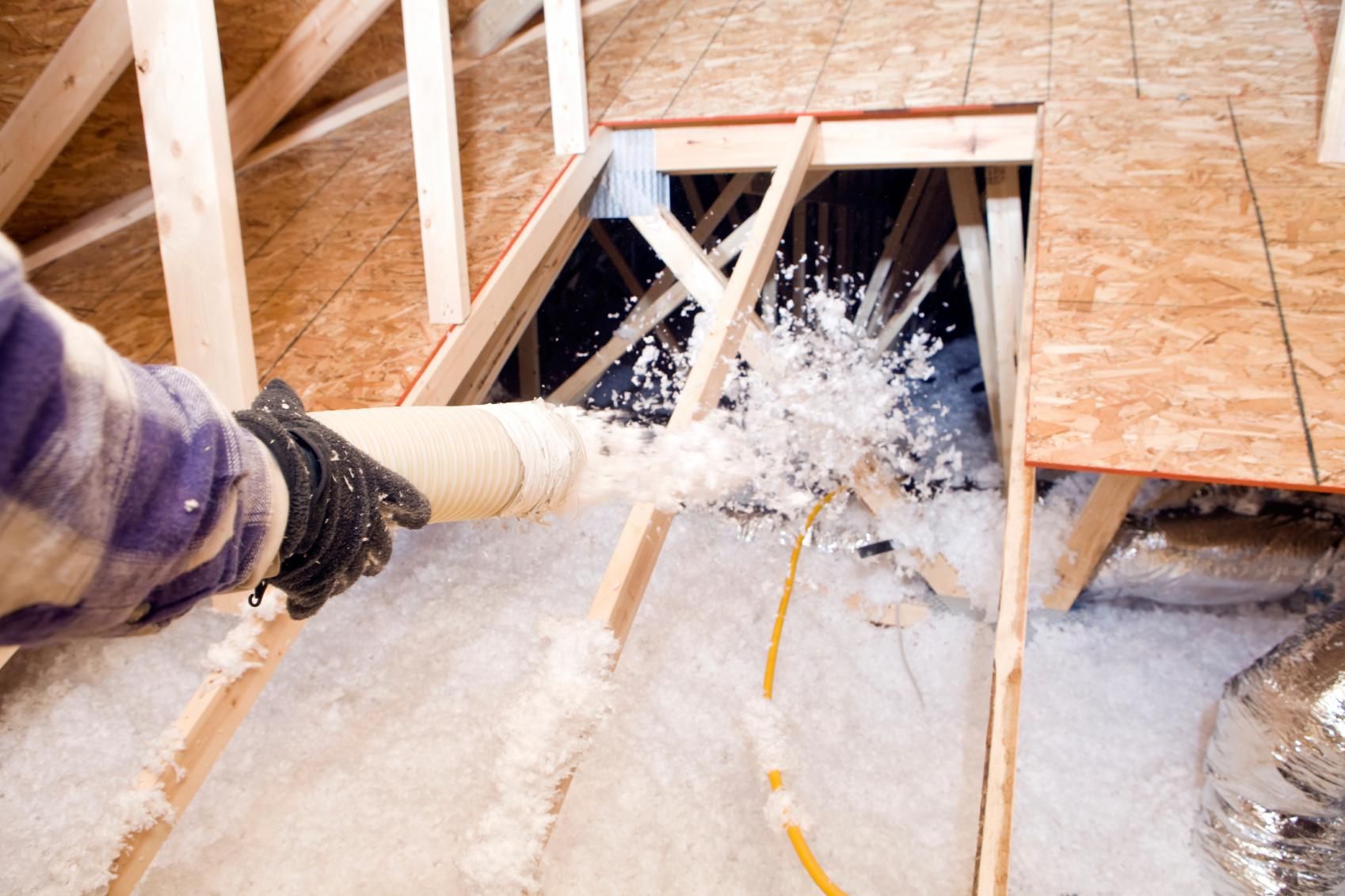
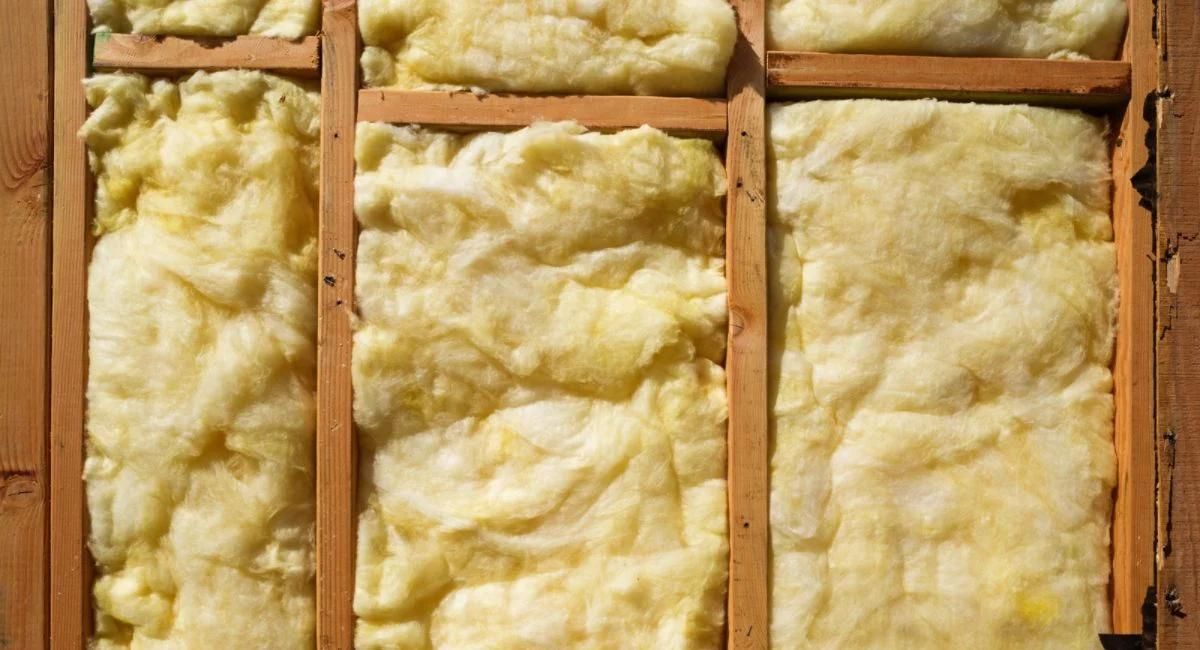
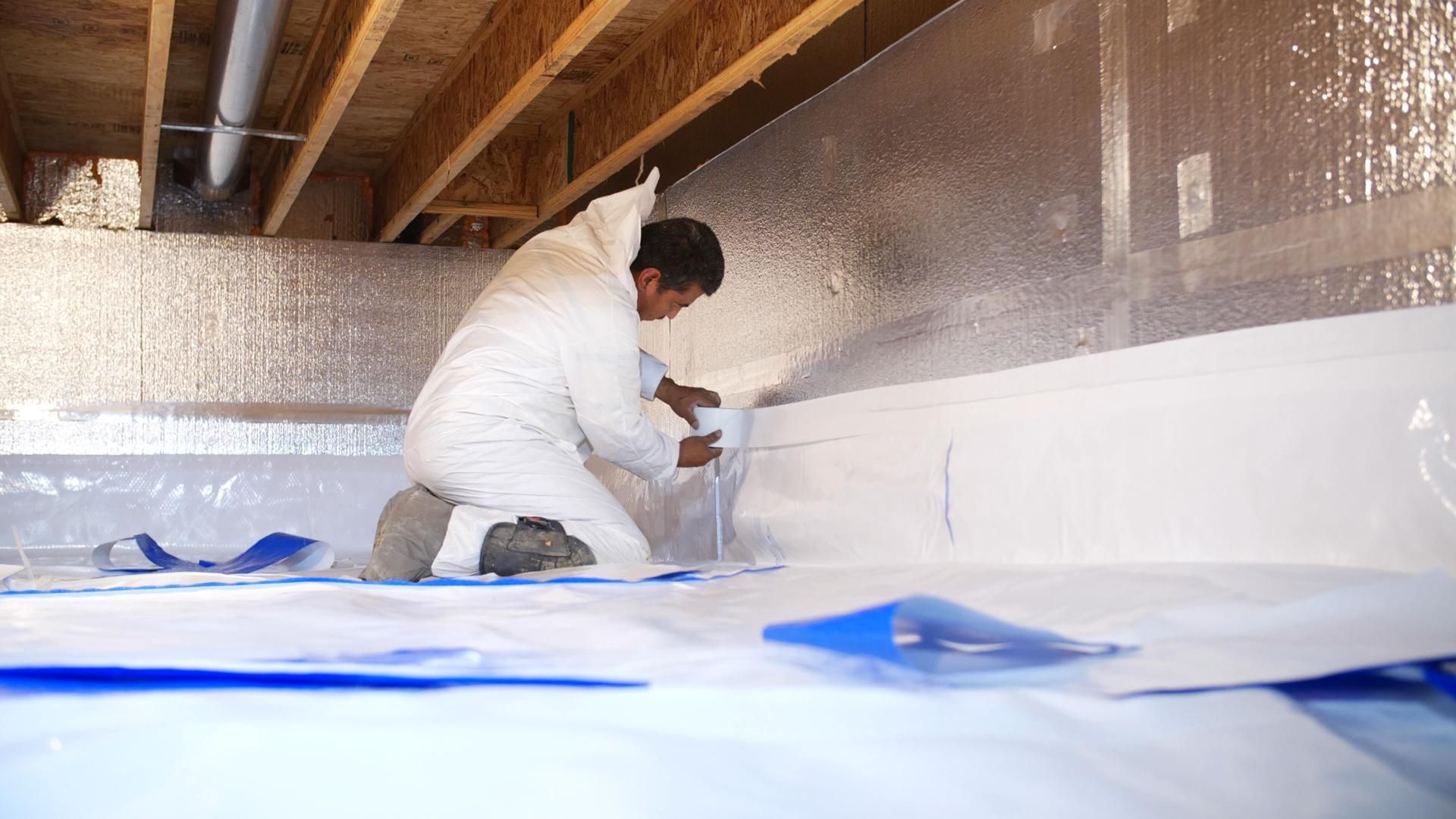
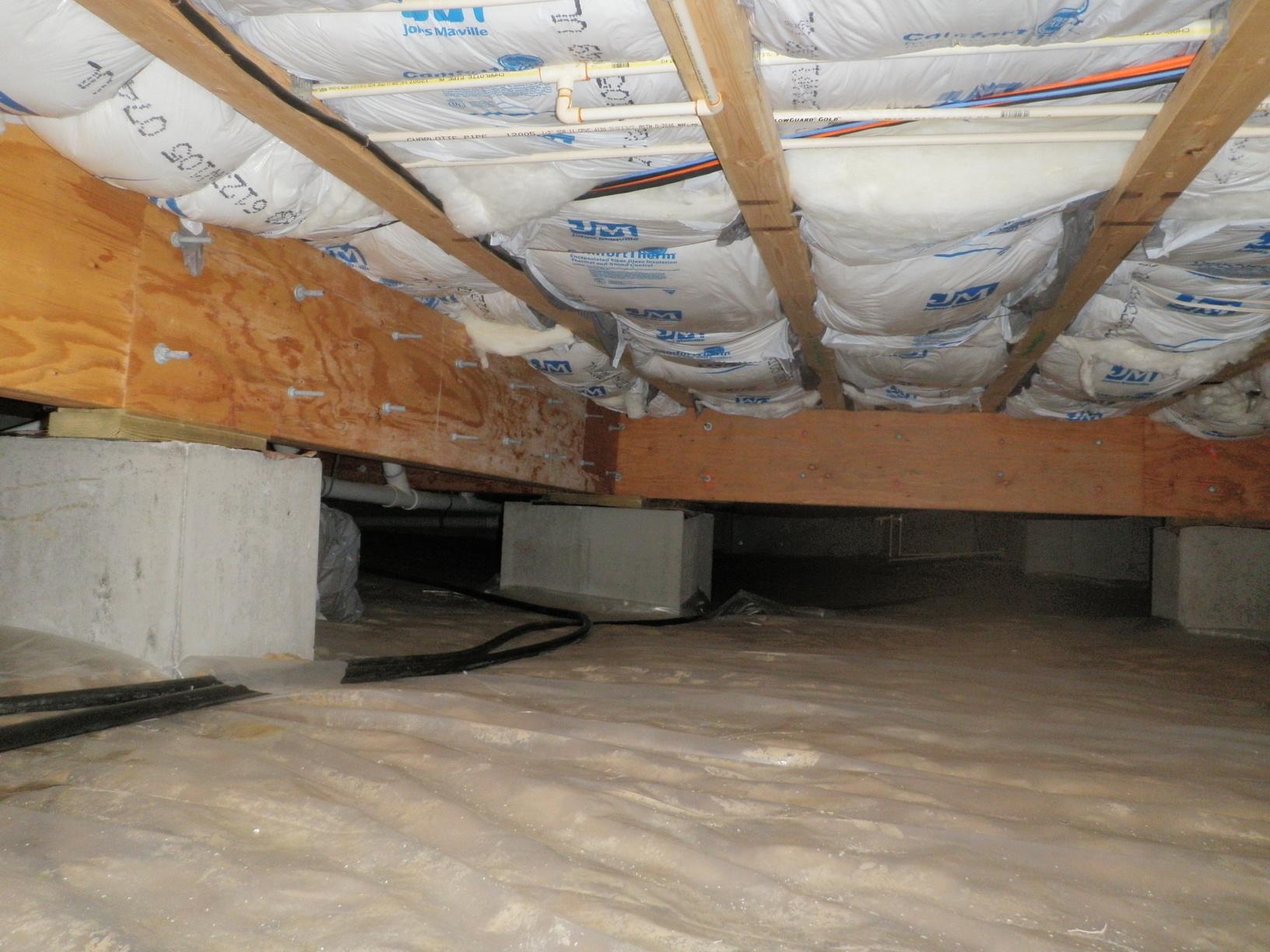
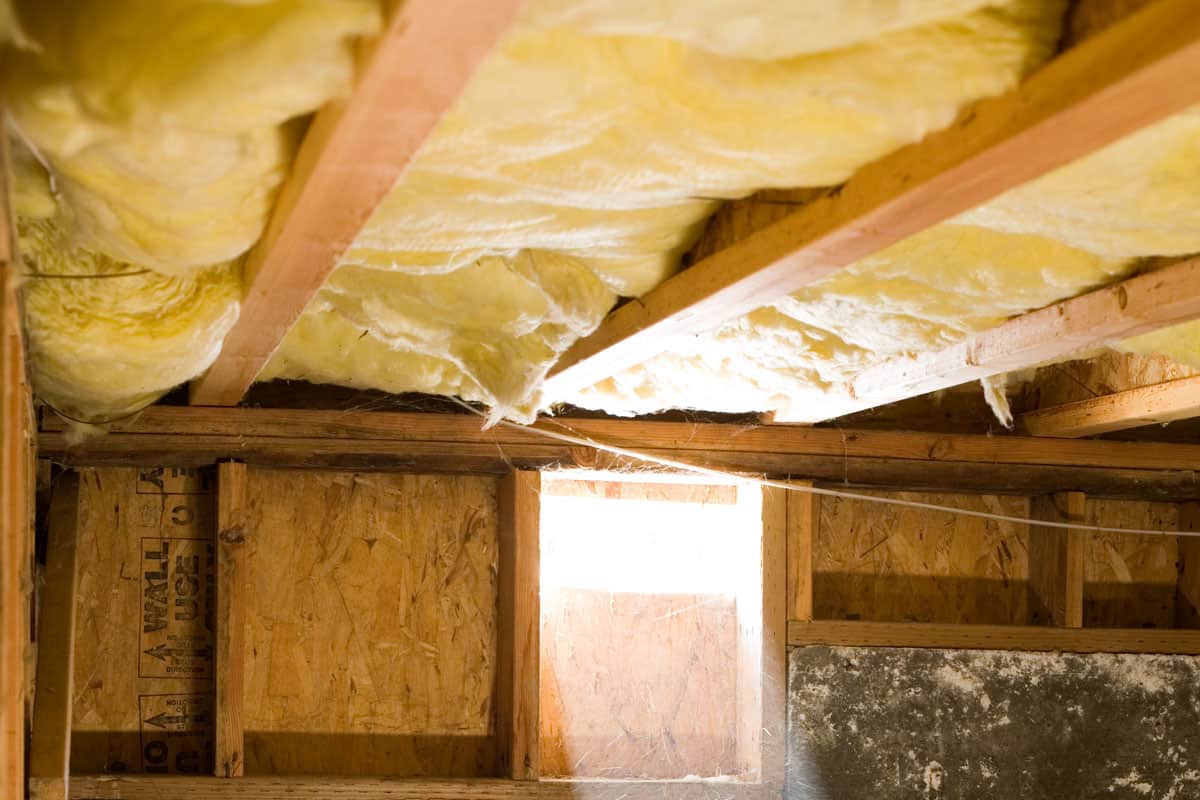
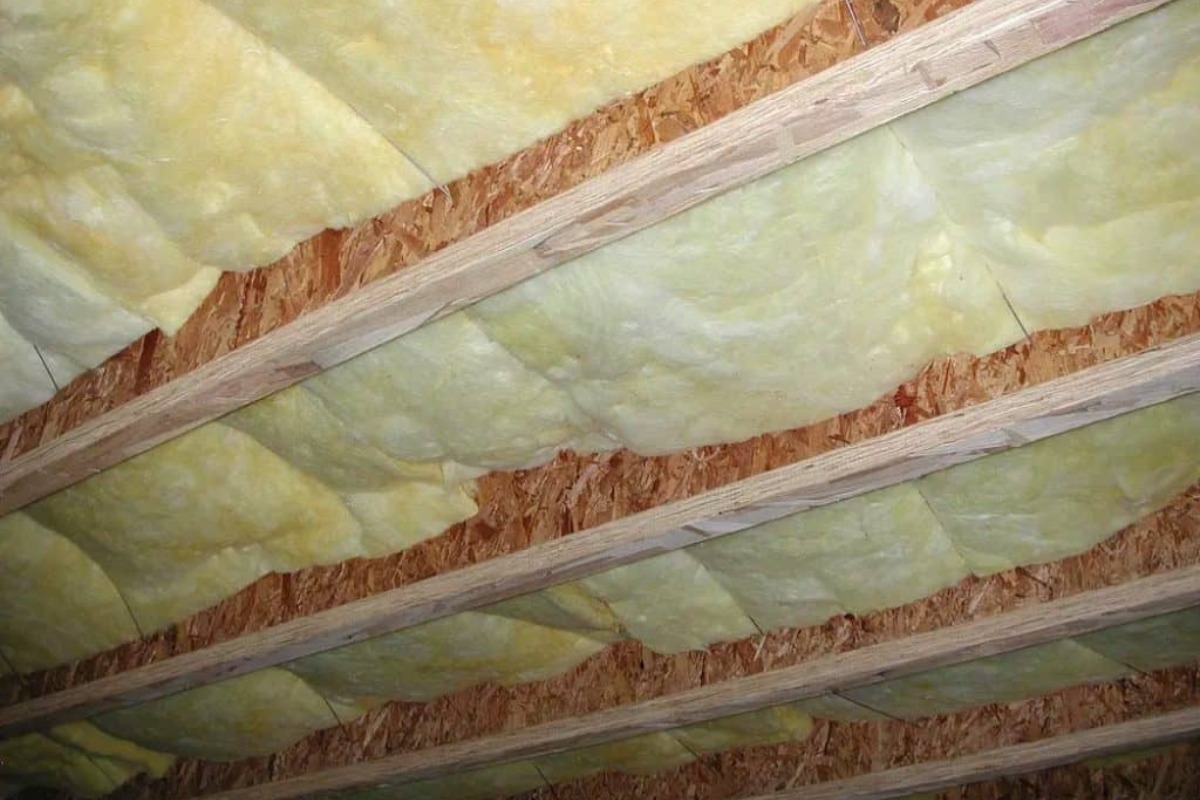
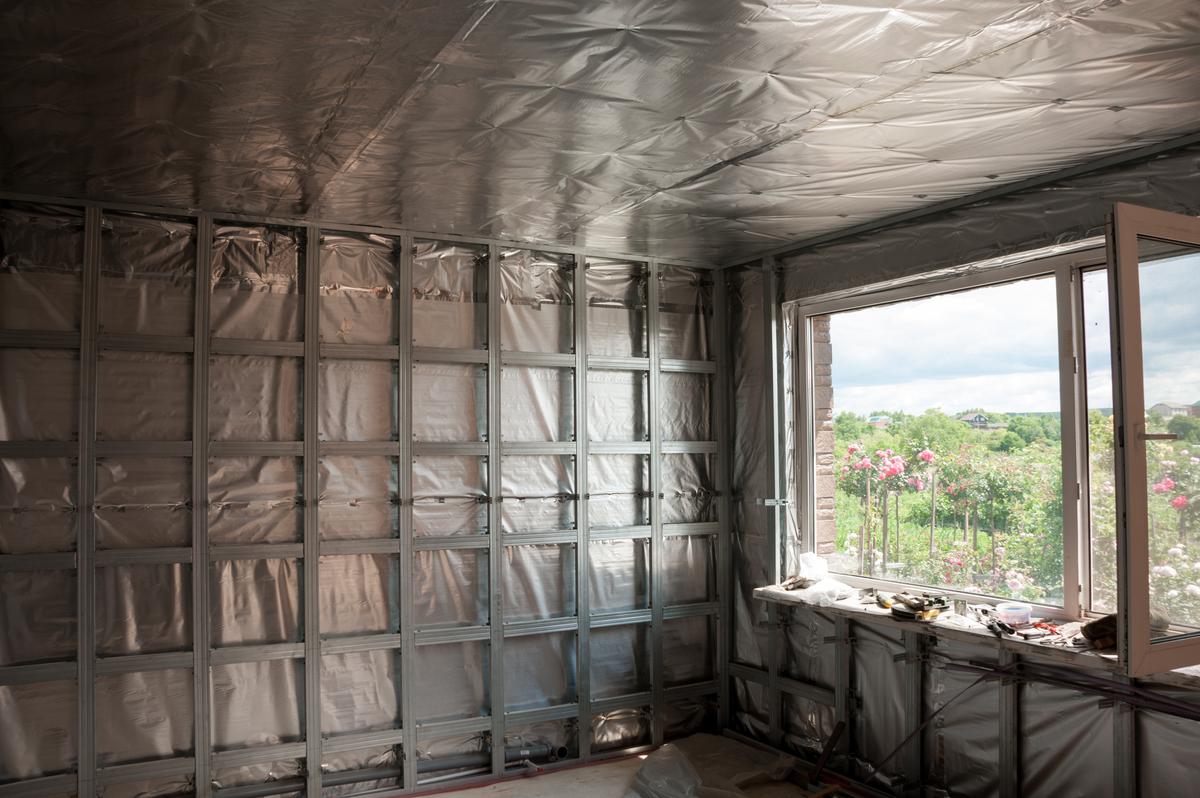
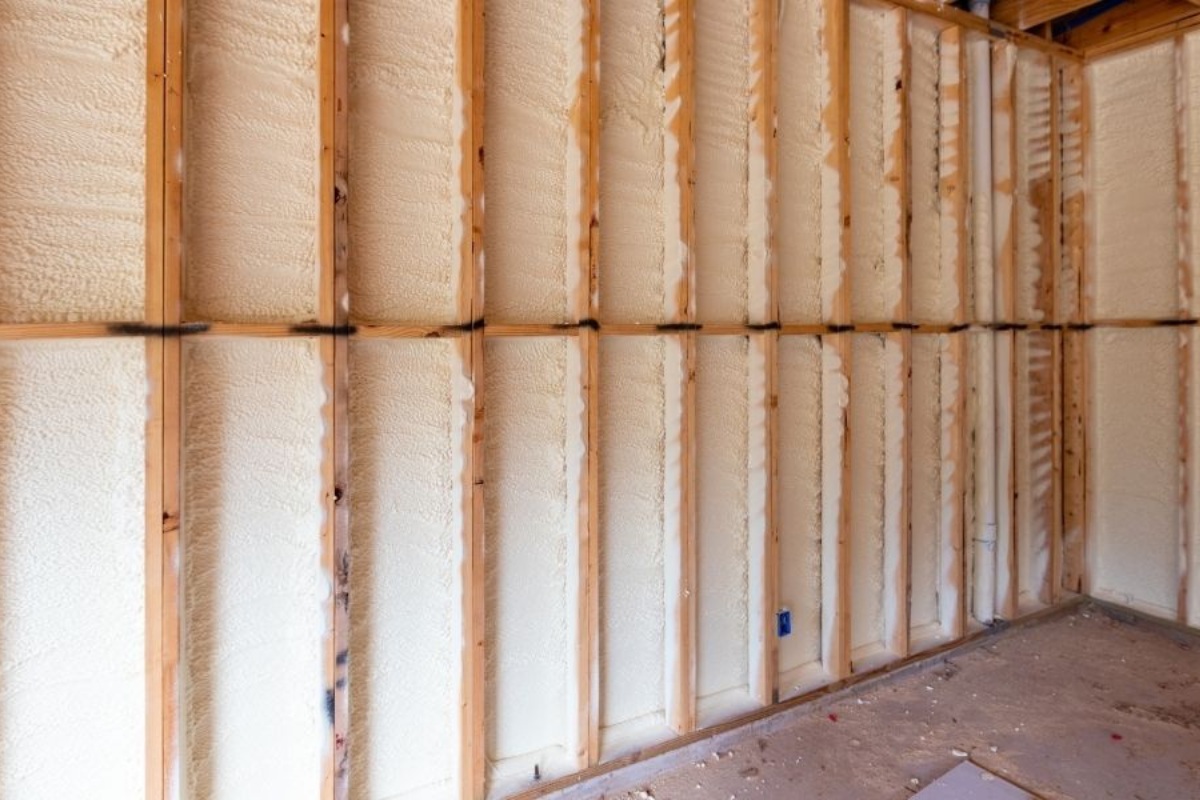
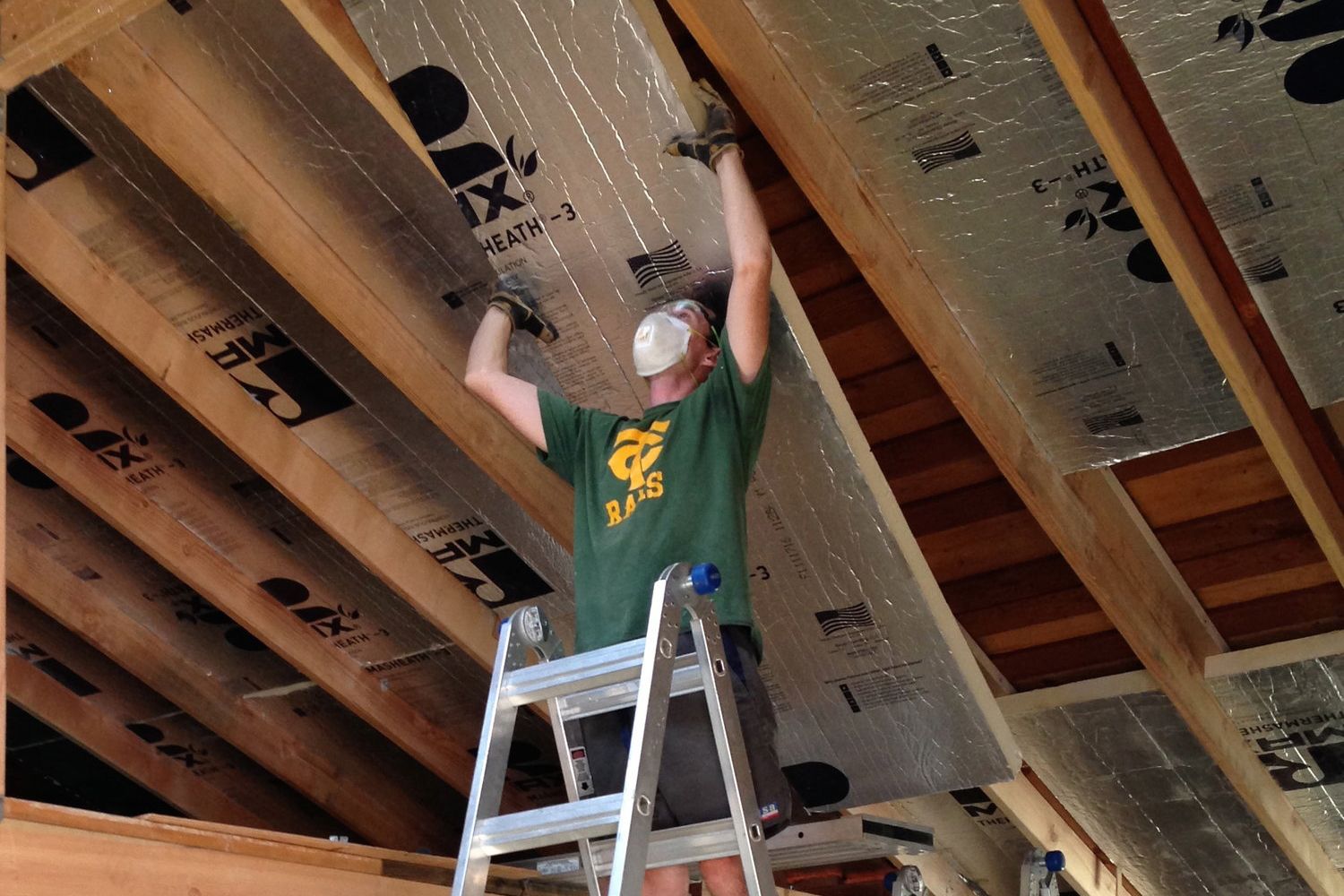
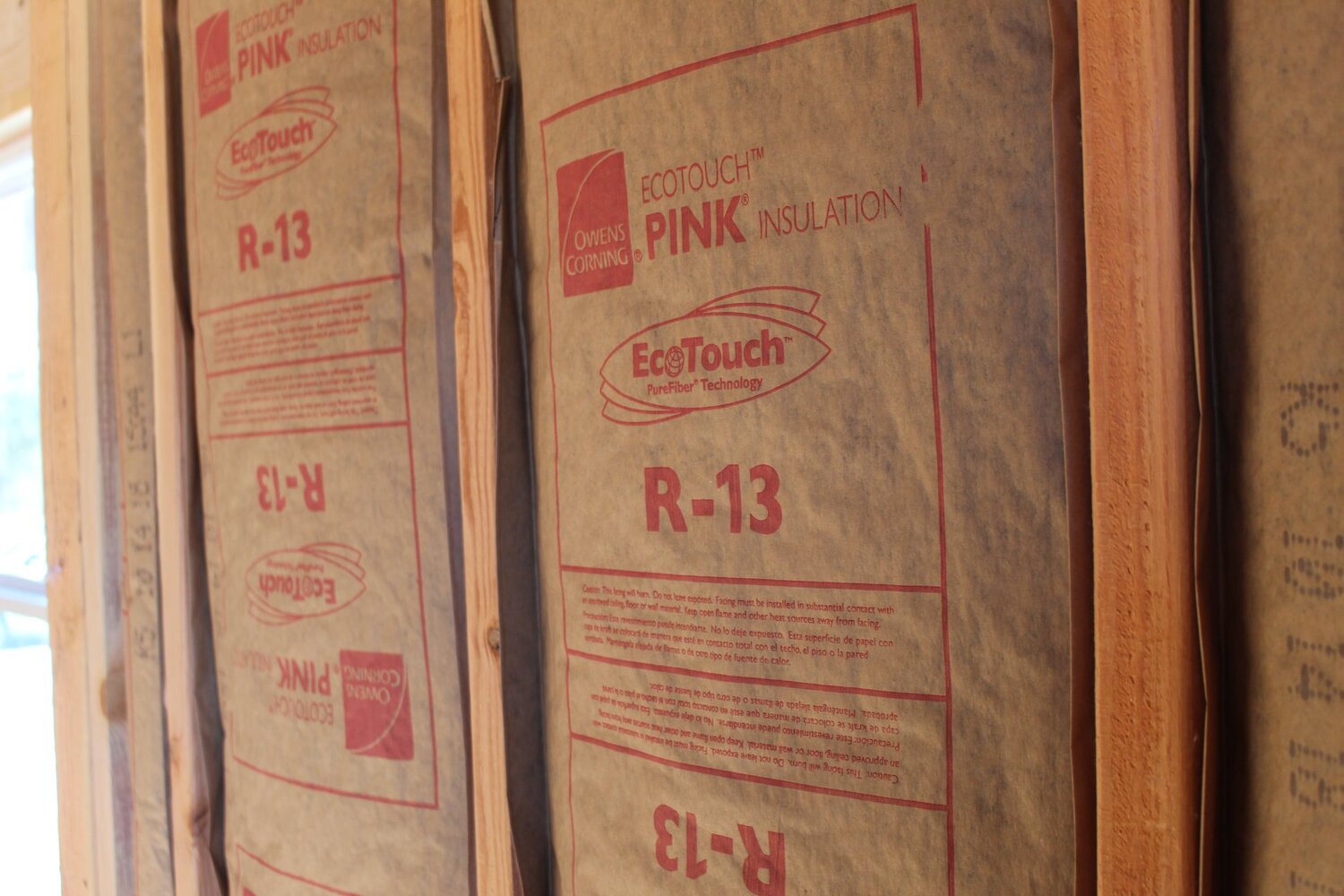
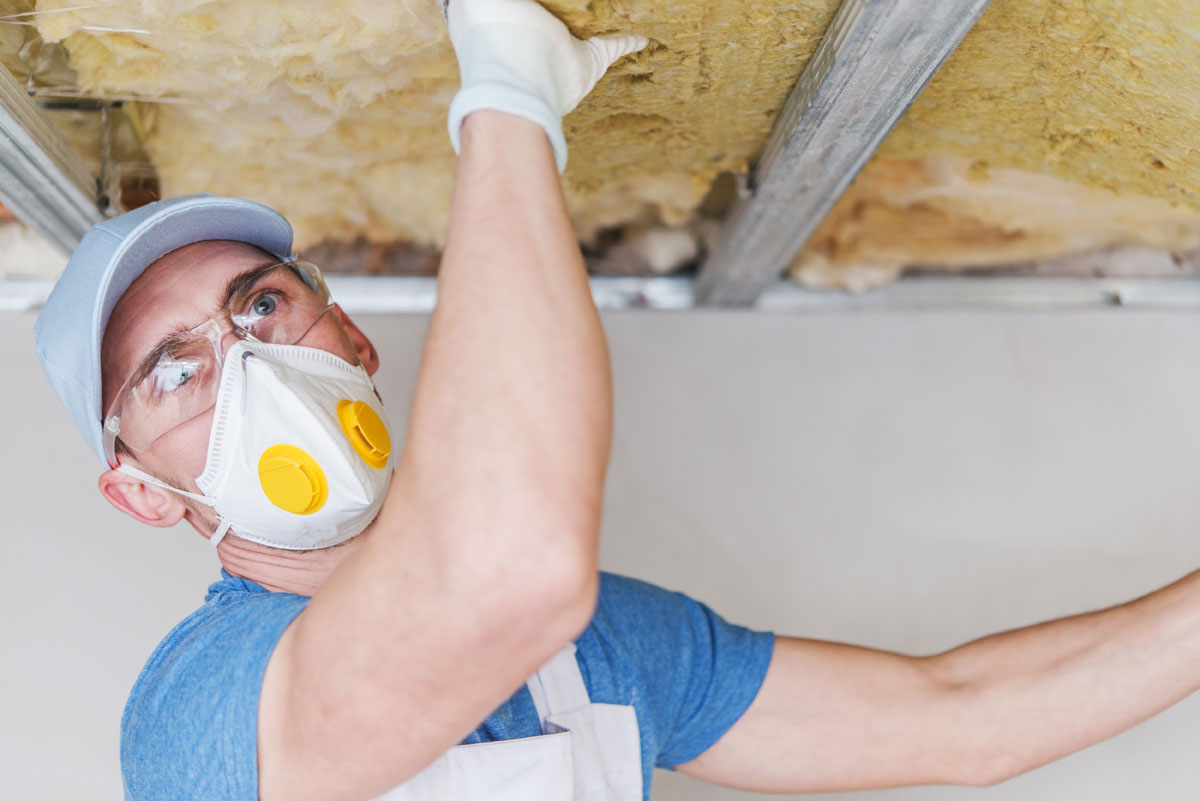
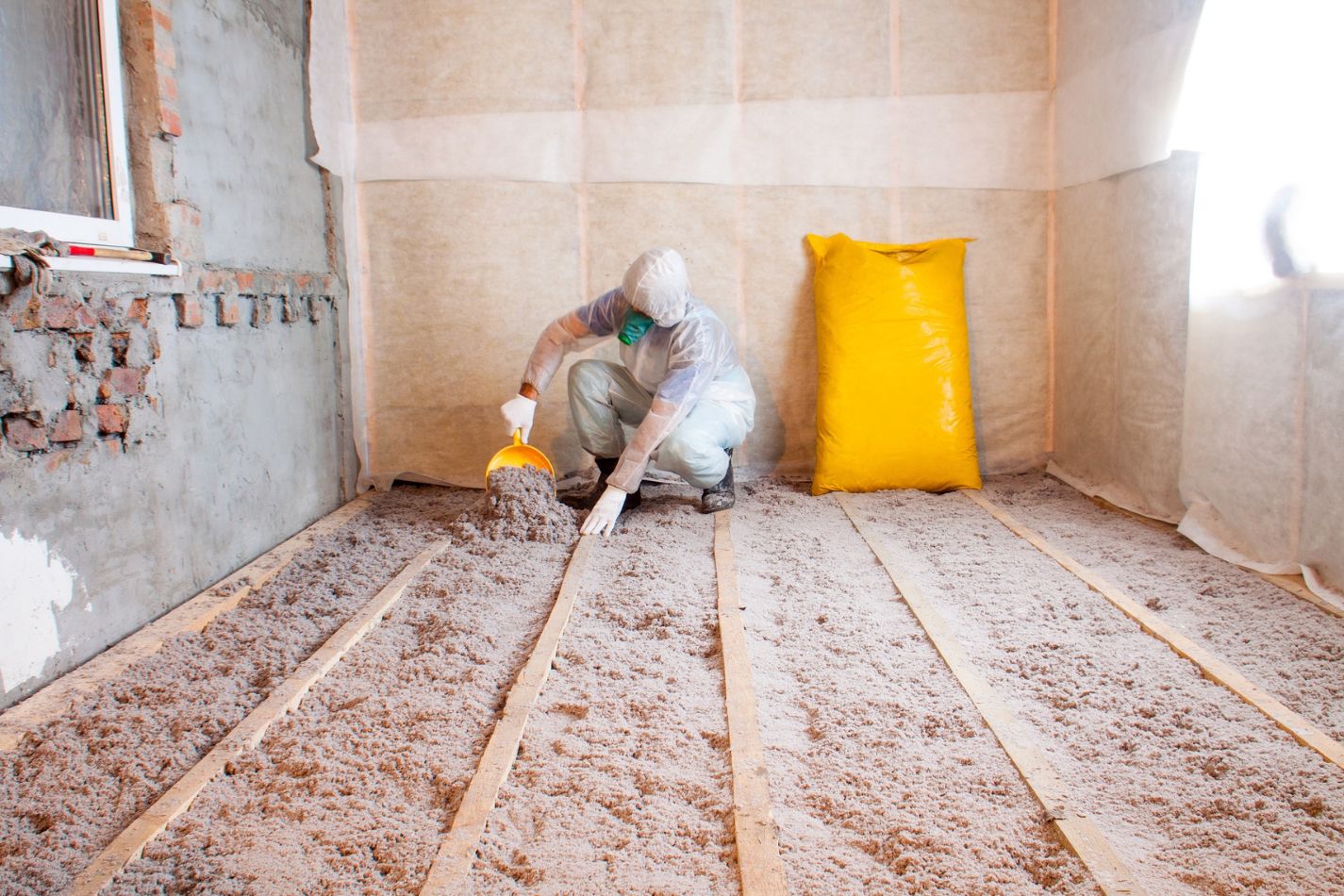

0 thoughts on “What R-Value Insulation For Interior Walls”